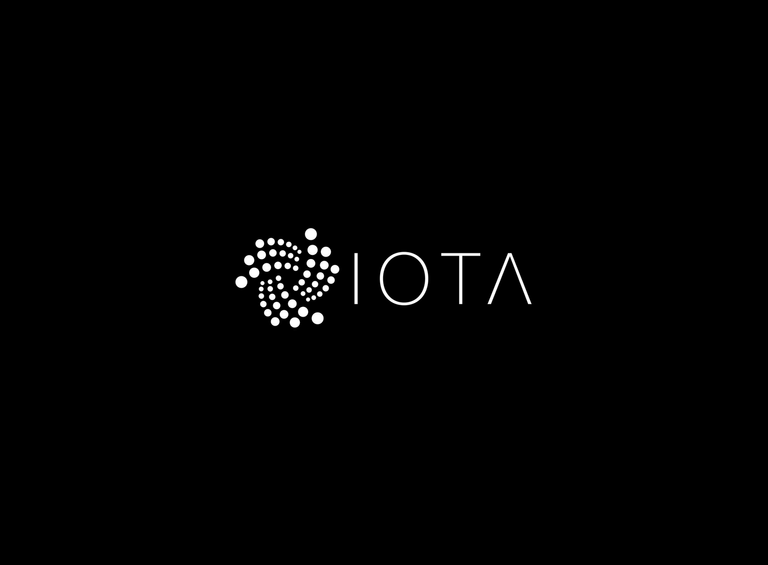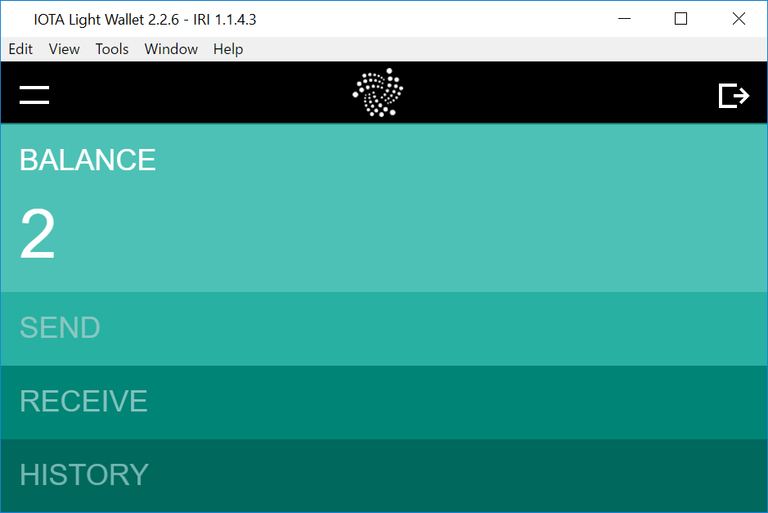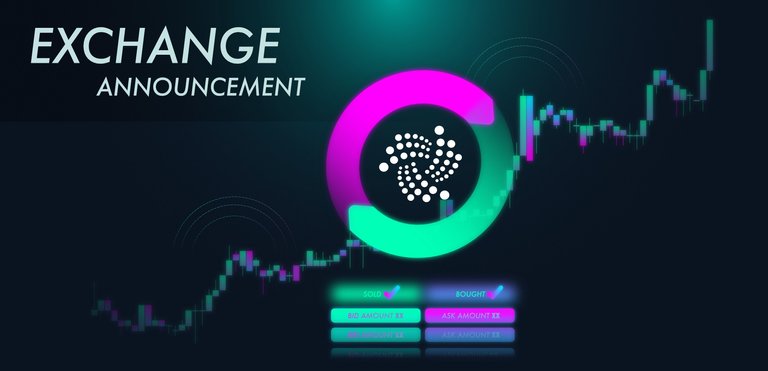
The blockchain as a basis for cryptocurrencies
It has been a while since Bitcoin came into existence and promoted a whole new way of quasi anonymous, decentralised payment. Its revolutionary technological feature: the blockchain. Miners provide proof-of-work in order to validate transactions by solving a cryptographic puzzle and thus adding new blocks containing the transactions to the blockchain. As a financial incentive for the miners, every transaction requires some transaction fee.
Since then, a wide variety of new cryptocurrencies surfaced that claimed for themselves a more or less unique feature. We all witnessed the surge of ethereum, which provides a basis for smart contracts, decentralized apps running on its blockchain and other tokens such as Golem and Augur. Steem itself is one of the best examples, since it uses the blockchain technology to provide a smart solution for content monetarization that may very well start a revolution in this domain.
But while most cryptocurrencies possess their unique set of features, they all share a core concept and that is the blockchain.
The drawbacks
A major drawback of using a blockchain are its complicacies with handling micropayments. The transaction fees constitue the obstacle, because transactions of very low volume may easily be outweighed by the attached fees. This renders blockchain-based cryptocurrencies practically unable to provide a plattform for micropayments, that will be needed especially with the Internet of Things on the rise. Another issue with Bitcoin, that made news lately, is the scalability. This becomes more of a problem in a possible scenario of billions of machines communicating and exchanging payments with each other in real time.
A problem that could come up in the future constitutes the vulnerability of proof-of-work cryptocurrencies in general to quantum computers. As a result of their unique properties, quantum computers excell at solving the cryptographic puzzles used in mining that have to be solved simply by guessing the input and checking the outcome of some non-invertible algorythm. The IOTA whitepaper states that quantum computers should be around 17 billion times more efficient at doing so than todays mining gear, thus posing a threat to all the cryptocurrencies and their proof-of-work concept. Although no quantum comupter is known to be able to untertake such an attack yet, it may become a predominant issue in the next few years.
The solution: IOTA
The devteam behind IOTA strived to create a cryptocurrency that is fit for use in the Internet of Things, that is in the vast space of machines connected via the internet. Eventually, these machine will have to conclude micropayments with each other, thus building a whole machine-economy. The major advantages of IOTA compared to blockchain-based approaches are the lack of transaction fees, which render micropayments feasible for the first time.
This is done by replacing the global blockchain with a directed acyclic graph, that in the context of IOTA is referred to as the tangle. For every transaction, the node issuing it has to do some amount of proof-of-work in order to complete it. This is done by validating two transactions for every new one. The result is the tangle shown below, where every sqaure represents a transaction and the arrows indicate the associated validation of other transactions.

A second advantage is its resistance to attacks from quantum comupters, among others due to its use of Winternitz one-time-signatures.
For further insight, I suggest you take a look at the offical whitepaper, which can be found here: https://www.iotatoken.com/IOTA_Whitepaper.pdf.
IOTA Wallet: Where to get and how to use
tools -> edit node configuration and paste the full node's adress of your choice while also setting the Min Weight Magnitude to 13The latest release of the client can be found at https://github.com/iotaledger/wallet/releases. Using windows, you'll have to download the executable file "IOTA.Wallet.Setup.2.2.6.exe" (note that the version number at the end will change according to the release). The easiest way to setup your own wallet is to chose the light wallet option after installation, but it requires you to declare the adress of the full node you'll want to use as a reference. In order to do that, you have to go to . A list of light wallet servers is provided by this website: http://iotasupport.com/lightwallet.shtml (check the milestone status to ensure full synchronisation).
The next step is to chose a seed for your wallet. This seed functions as your password to log in to your wallet, so don't lose or share it. It can be up to 81 characters long, while only containing letters and the number 9. The best way to generate a seed is to use the built in generator that is accesssible via tools -> generate seed. Once your seed is created, you can log in to your wallet.

Unlike other currencies there is no single public key, so in order to receive IOTA, you first have to generate a receiving adress and attach it to the tangle by clicking the corresponding button. You can use this adress to receive funds as long as you haven't used it to undertake an outgoing transaction. Due to the use of the already mentioned Winternitz one-time-signatures, the security is exponentially decreasing after each use, which means that you should generate a new receiving adress after every outgoing transaction from your wallet.
What sould be mentioned is IOTA's unit system. Resulting from the incredibly high amount of IOTA (which is fixed btw.), the developers implemented the SI unit system, which means that you can chose to send Kiloiota (Kiota), Megaiota (Miota), Gigaiota (Giota) and so on. (Kilo corrensponds to the amount times 1000, Mega in turn to 1.000.000 and so on)
Enough talking, where can i buy IOTA?
Unfortunately, nowhere at the moment. IOTA was traded on a slack channel via a semi-automated escrow service between a relatively small group of people. For a few days now, trading on slack has been disabled following some important updates on the wallet (light wallets are now available) among other things.
Nonetheless, I'd still recommend checking out the slack channel, since it provides a plattform for announcements as well as forum for communication on the topic. Visit https://slack.iota.org/ in order to get an invite.
That said, IOTA is preparing to launch on exchanges soon. They recently anounced that bitfinex will be among the first exchanges to list IOTA as of june 13th. (announcement on bitfinex: https://www.bitfinex.com/posts/206) This date may quite possibly mark the start of a revolutionary technology for machine economy in the Internet of Things which will most likely see a great increase in relevance over the years to come.

Congratulations @sunnytown! You received a personal award!
You can view your badges on your Steem Board and compare to others on the Steem Ranking
Vote for @Steemitboard as a witness to get one more award and increased upvotes!